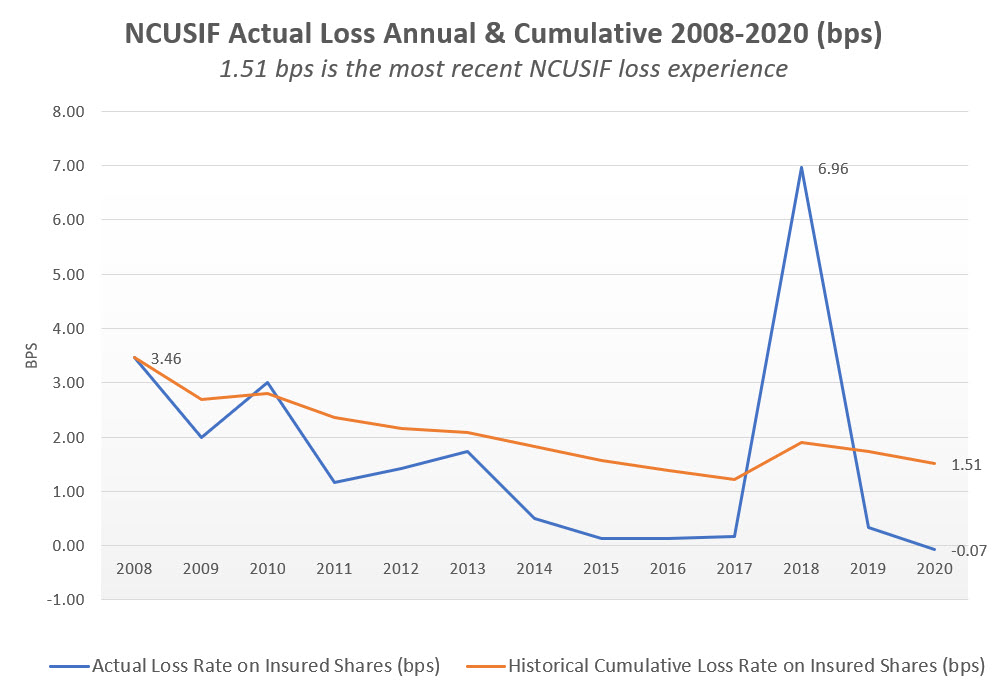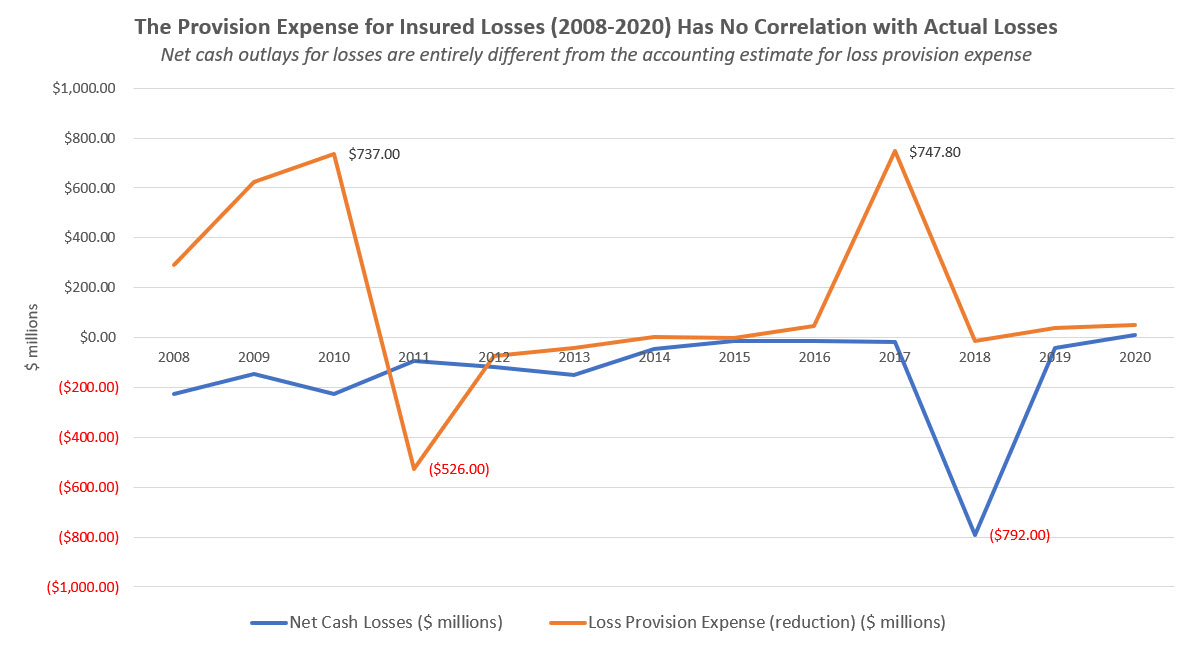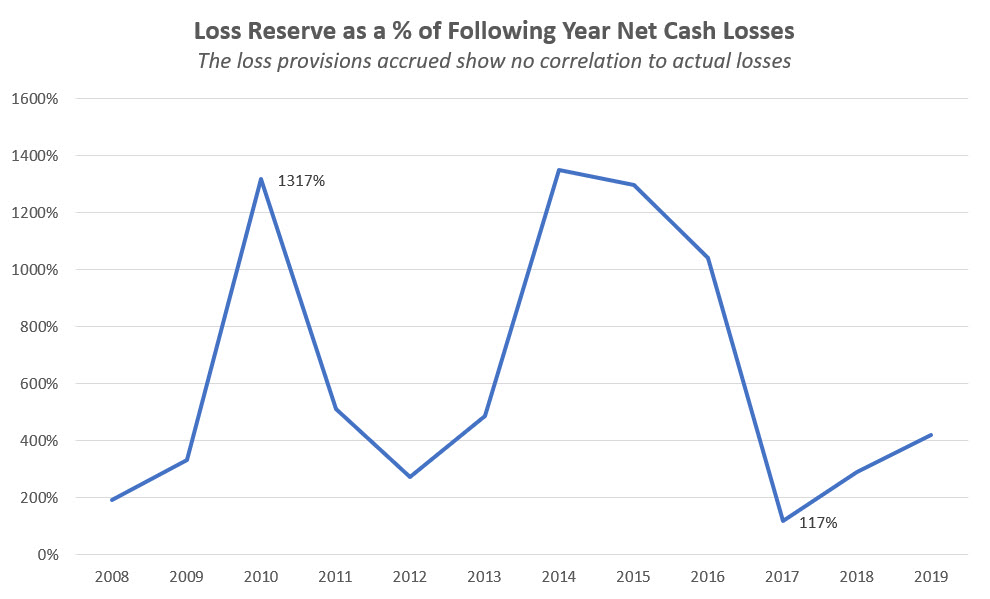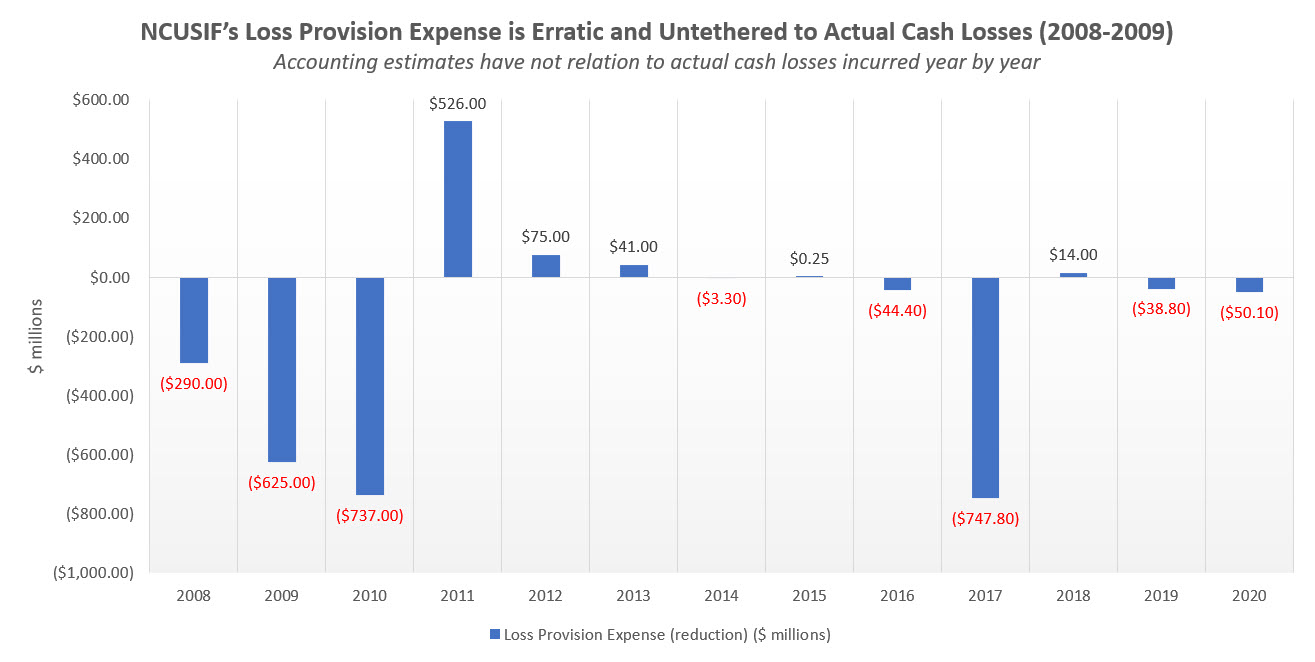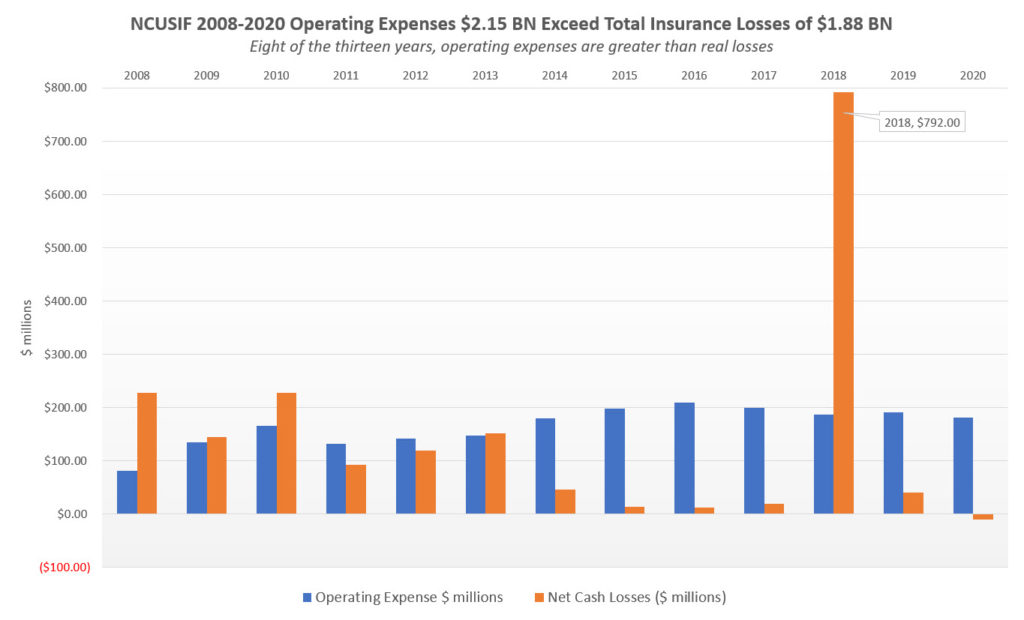Last week the Federal Reserve began its long-publicized tightening of monetary policy. The Board raised the overnight fed funds target rate to .25-.50% . Six more raises are planned which would take this rate at year end to around 2%.
The consensus of economists is the Fed’s plan may be a day late and dollar short. From MSNBC columnist Kelly Evans right after the announcement:
The Fed published a crucial update in its projections yesterday that showed members now expect the short-term Fed funds rate to hit 2.8% by the end of next year–up from only 1.6% in their December projections. In just three months’ time, in other words, as inflation has shot way higher than anyone at the Fed expected, the committee is signaling the need for almost ten rate hikes by late next year, roughly twice as many as they previously thought necessary.
In his March 21st speech to National Association of Business Economists (NABE) Fed Chairman Jerome Powell unveiled an even more hawkish view. Increases could be in .50% increments if needed to counter inflation.
Interest rate rises have substantial consequences for the management of the NCUSIF. All planned revenue for the NCUSIF is from earnings on its investment portfolio of Treasury securities. The portfolio will be almost $22 billion by 2022 yearend as credit unions keep sending in 1% of the increase in their share deposits.
Robotic Investing
As the public concern about inflation grew in 2021, the NCUSIF’s investment committee continued using a “ladder” approach. The resulting multiple investments had average durations of 5-6 years and average yields of less than 1%. This was done at an historically low point in the interest rate cycle.
Despite Board questioning, the staff defended their decisions by saying they don’t try to “time the market.” Whereas the record shows that the staff has substantially modified the portfolio’s average duration over the past seven years from 1,815 days in 2015 to as low as 901 days in 2018.
One consequence of the Board’s questions is NCUA has now published its NCUSIF investment policy. It can be found here with a last modified date of February 23, 2022. The substance appears unchanged from the previous February 2013 policy.
While NCUA did not formally request input, it is in the industry’s self-interest, even duty, to look at this document to suggest how the management of this $22 billion portfolio could be improved at this point in the market.
The NCUSIF’s Financial status as of January 2022
The most recent NCUSIF financials are at January 31, 2022. They show the $20.4 billion portfolio is $265 million underwater (market value less than book); the yield is 1.20% with an average weighted duration of 1,244 days or 3.5 years.
January’s total income was $21 million and expenses $17.4 million (up 20% from January 2021). Monthly net income is $3.6 million with no loss reserve expense or recoveries.
The portfolio is divided into identical $2.8 billion dollar maturity “buckets” spread over seven years through 2028. Just $431 million is held overnight.
One year ago, January 2021, the portfolio was $17.8 billion, with a 1.29% yield, weighted average maturity of 1,184 days or 3.3 years. The portfolio reported a gain in market value of $459 million.
In January 2020, two months before the COVID national economic shutdown and plunge in rates, the NCUSIF reported an average yield of 1.88% and a weighted average life of 2.9 years. Interest revenue was $25.5 million and operating expense of $16.9 million resulting in a bottom line of $9.5 million, or three times the January 2022 outcome.
The fund’s portfolio maturity extensions during COVID’s low rate stimulus environment have put the NCUSIF into a financial hole. Revenue is much less on a portfolio that is 25% larger ($ 5 billion) than two years ago; the portfolio has lost $724 million in market value due to its below market return and maturity extensions at the bottom of the interest rate cycle.
These circumstances suggest an urgent need for a review of NCUSIF portfolio management and reporting. The current policy implementation is not a positive outcome for NCUA or credit unions.
Changes to Enhance Transparency and Performance
There is investment expertise aplenty in credit unions. Some areas for commenting on the newly published policy might include:
- How can investment return goals be better integrated with projected income and budgeted expense so that target for investment yield can be set objectively? For example a 2% portfolio yield and today’s fund size would cover all budgeted expenses and still leave over $200 million to grow equity or cover any new reserve expense.
- How should the objective of paying a dividend to credit unions be incorporated in the fund’s policy objectives?
- How can the fund’s investment decisions be more transparent especially the assumptions used when making decisions and changes to portfolio’s duration?
- What additional information should be in the monthly reports posted and provided to the board to evaluate investment performance? For example shock tests?
- What financial models does the fund use when making decisions? Can these be made public so that credit unions can comment on the projections and assumptions used?
There are many potential insights to this critical NCUA board policy that could lead to more effective oversight and performance. The critical success factor is sending these suggestions to NCUA to be evaluated for updating the policy.
Auspicious Timing
While there has been no formal request for comments, one approach would be to send suggestions to the investment committee’s new Chair which is the Director of E & I. Kelly Lay was just appointed to this position. This gives her an excellent opportunity to bring credit union experience to the investment process. Her email is klay@NCUA.gov.
The timing is also critical because rates will be rising, how fast and how far is anyone’s guess. Both domestic inflation and international events will create ongoing uncertainty. But the direction is certainly set.
To continue the robotic ladder when it is known rates will in all likelihood continue to rise, is folly. It brings no credit to the committee’s work and the board’s oversight.
Yesterday’s treasury coupon yields for 25 weeks was .95% and for one year, 1.31%. These are higher rates than any of the investment decisions made in 2021. A portfolio return increase of only 1% would double the fund’s annual revenue.
To decide when to extend out the yield curve should be based on analysis of what breakeven yield is needed to cover costs and equity growth and any loss reserves. Whether that is 2% or some other number, the goal should be to optimize yield taking into context the operating needs and sending excess earning back to credit unions.
Circumstances have given credit unions and NCUA a valuable moment to improve the management of this important, ever-growing industry asset. Will credit unions and NCUA take this opportunity?

